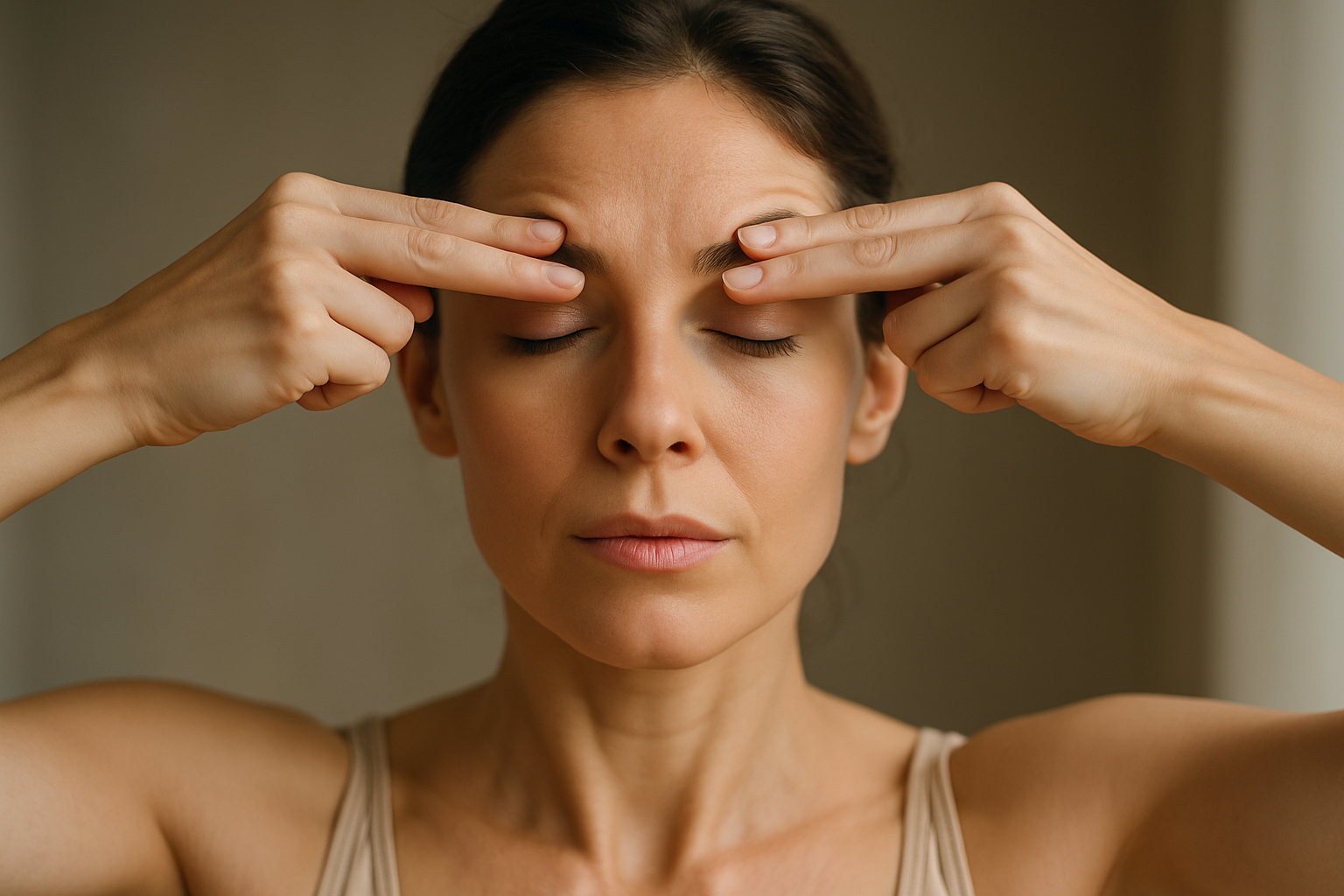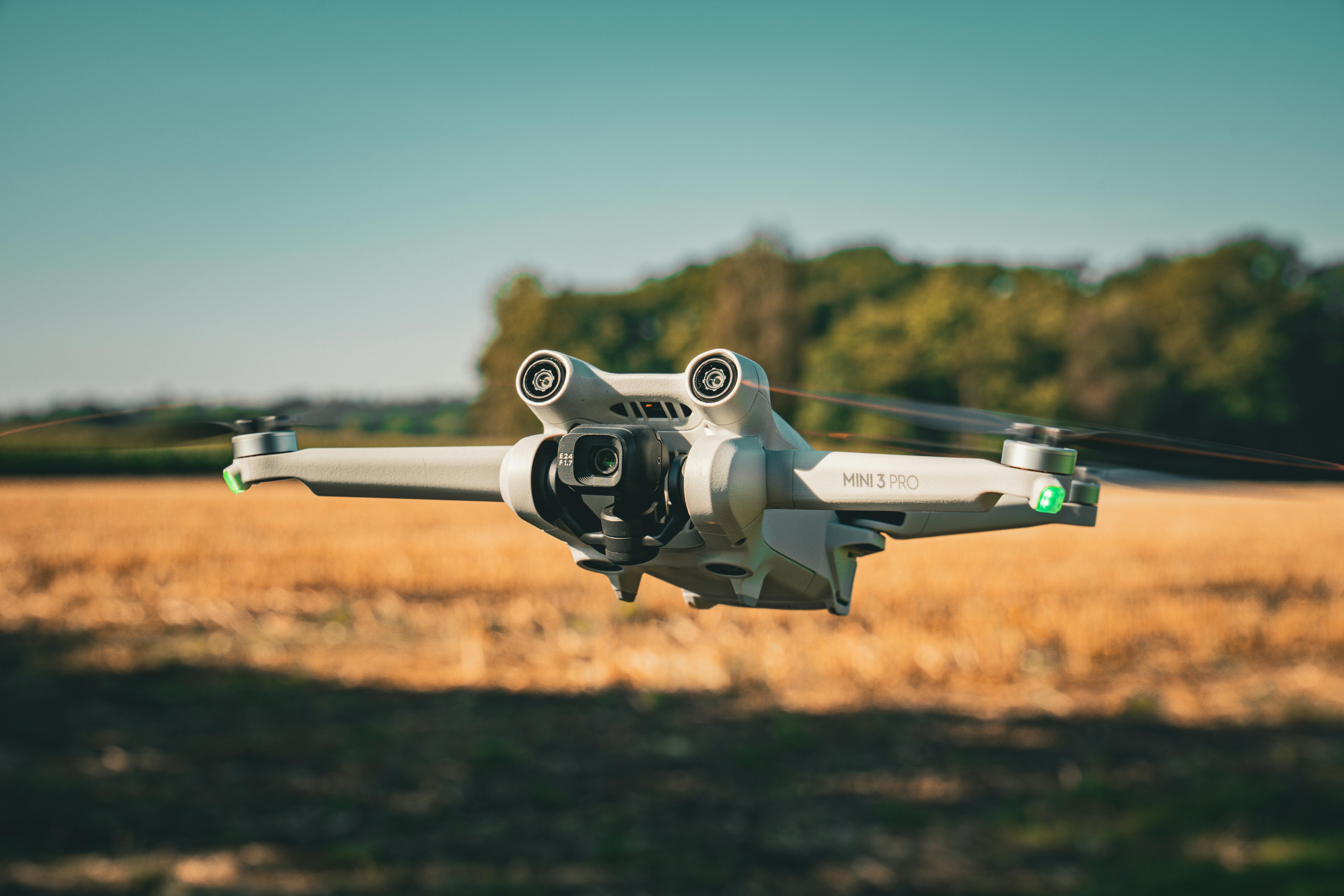Unmasking the Potential of Face Yoga: A New Frontier in Anti-Aging Strategies
Do you spend a fortune on anti-aging creams and treatments hoping for a youthful appearance? What if the secret to a younger-looking face lies not in a bottle but in a series of exercises? Enter face yoga, an emerging trend that promises to provide similar effects as a natural facelift. But is there any truth behind these claims?

The Genesis of Face Yoga
Face yoga finds its roots in the ancient eastern practices of yoga and traditional Chinese medicine. It combines the principles of facial exercises, acupressure, and relaxation techniques to stimulate the 57 muscles in the face and neck. The idea is to improve muscle tone, increase blood circulation, and promote lymphatic drainage, which can result in a healthier, more youthful appearance. Although face yoga started gaining popularity in the early 2000s, it has swiftly become a global phenomenon, with celebrities like Meghan Markle and Jennifer Aniston endorsing it.
The Science Behind Face Yoga
Several studies have investigated the effects of facial exercises on appearances. A notable study published in JAMA Dermatology in 2018 found that 30 minutes of daily facial exercise for 20 weeks improved the facial appearance of middle-aged women, making them look about three years younger. It suggested that face yoga might increase muscle thickness, leading to a fuller and more youthful appearance.
Despite such promising results, skepticism remains among some experts. They argue that repetitive facial movements could potentially cause wrinkles, similar to expression lines. More research is needed to conclusively affirm the benefits and potential drawbacks of face yoga.
The Practice of Face Yoga
Performing face yoga involves various exercises that target specific facial muscles. Some common exercises include the ‘cheek lifter’, ‘eyebrow lifter’, and ‘happy cheeks sculpting’, each designed to work on different areas of the face.
While the benefits of face yoga are promising, it’s important to approach it with realistic expectations. It’s not a quick fix and requires consistent practice over time to see results. It’s also critical to learn the correct techniques to avoid inadvertently causing harm.
Fascinating Facts About Face Yoga
-
The face has more than 40 muscles that are directly under the skin, which makes them particularly responsive to exercise.
-
Face yoga not only helps to lift and firm the skin but also reduces tension, increases circulation, and promotes a radiant complexion.
-
A single session of face yoga can involve up to 20 different exercises.
-
Regular practice of face yoga can help improve the symmetry of the face.
-
Face yoga is a completely natural and non-invasive method, making it a safe option for most people.
The Verdict on Face Yoga
The emergence of face yoga as a natural anti-aging strategy is an interesting development in the wellness domain. While preliminary research supports its potential benefits, more in-depth studies are needed to firmly establish its efficacy and safety.
Face yoga represents a shift towards holistic and natural approaches to health and beauty. It emphasizes the importance of consistency, patience, and self-care, reflecting the fundamental principles of wellness. As we continue to explore new and innovative health trends, it’s crucial to maintain a balanced perspective, grounded in scientific evidence.
In conclusion, the power of face yoga lies not just in its potential to enhance physical appearance, but also in its capacity to promote relaxation and well-being. After all, true beauty stems from a healthy body and a peaceful mind. So, why not give face yoga a try? It could be a fun, natural, and potentially effective addition to your anti-aging regimen.





